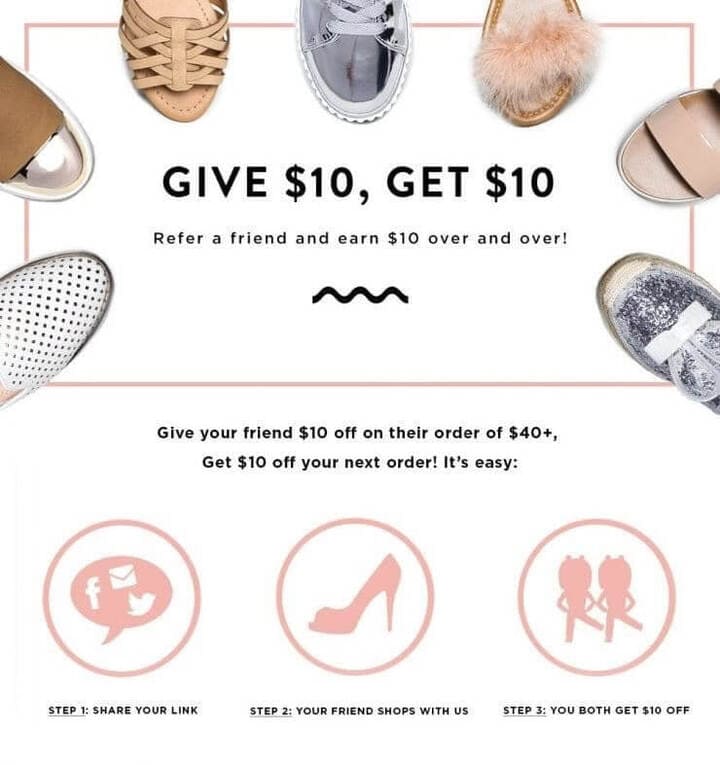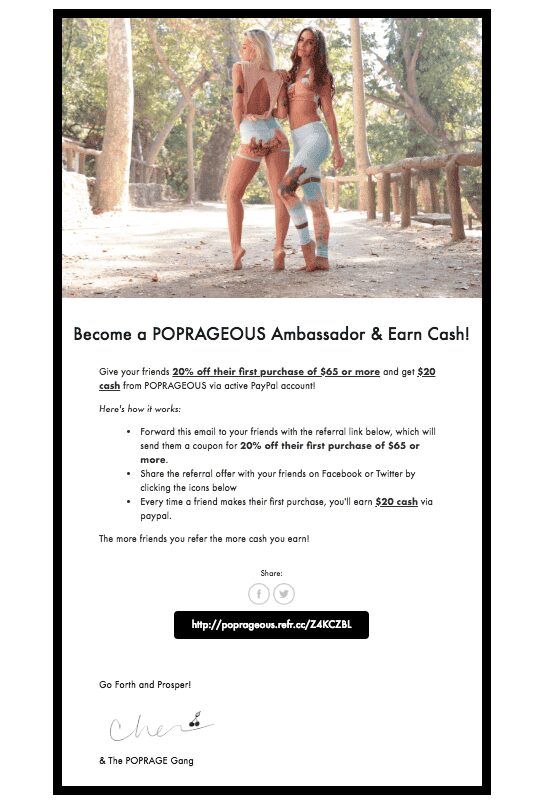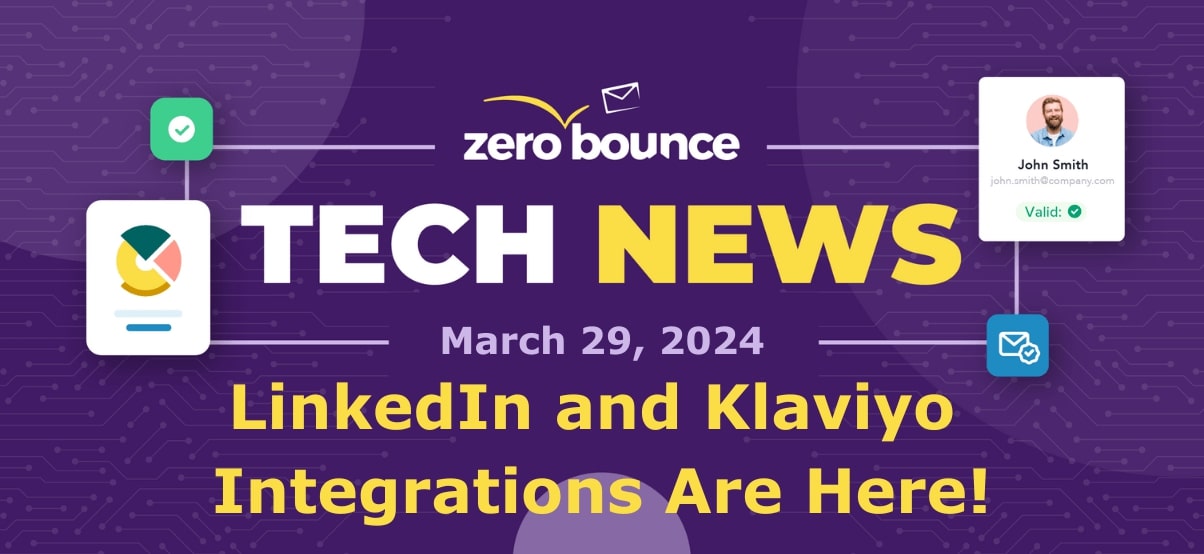
How to Promote Your Referral Program Through Email Marketing
If your referral program isn’t gaining the traction you envisioned, email may be just what you need. Raul Galera, Partner Manager at ReferralCandy and CandyBar, shows you how to use email marketing to boost awareness and adoption around your referral program.
Any business owner knows that referrals are a great way to build your business. Setting up a referral program can easily encourage your current customers to share about your company with others.
But first, you need to let your audience know that you have a referral program. Email marketing is a great way to keep in touch with your audience and ask them for referrals.
What are the benefits of referral marketing?
92% of people trust referrals more than any other form of advertising. People trust their friends, family, and even strangers when they recommend a product or business.
Most people don’t even see word-of-mouth marketing as advertising. People make recommendations or write reviews based on their personal experience, which makes them seem more trustworthy to others.
This referral process doesn’t always happen though. Sometimes you need to incentivize your audience to recommend your business. That’s where a referral program comes in. It rewards customers for referrals and can even benefit the people that get referred to you.

How can you use email marketing to promote your referral program?
Referral programs can boost your income, and email marketing tools are excellent for promoting your program. It’s not enough to only send an email though. You need to make sure your email is read and remembered. Let’s discuss the elements you need to know to stand out.
Pick the right time
You’ve probably heard that Tuesday at 10 A.M. is the best time to send emails. Maybe it’s true, but the answer will be different for every business.
Not all audiences are looking at their inboxes at the same time, so you need to figure out what’s the best time for your audience. Test different times and days and analyze your data. Your analytics will tell you what the best time is to email your audience.
It would help if you also considered how frequently you send emails to your subscribers.
If you send too many emails, you might get a higher amount of people hitting the “Unsubscribe” button. If you don’t send enough emails, people might look at your name and say, “Who is this?”. You need to strike a delicate balance that allows you to stay fresh in your subscribers’ minds without annoying them.
The subject line is everything
We’re not dramatic here. People often only look at the subject line to determine if they should open the email. They will ask, “What’s in it for me?” before opening or trashing the email.
Subject lines are vital to improving your open rate. It convinces people to open your email, and it also convinces email providers like Gmail that you’re not sending spam. If people don’t open your emails or mark them as “Spam,” your emails will never reach a subscriber’s inbox.
So how do you write an eye-catching subject line?
Here are three quick tips:
- Add emojis: If it fits your brand personality, add some emojis! Visual icons can help your email stand out in an inbox. Emojis can increase your open rate by 29%. Use emojis sparingly, or you might risk looking like spam.
- Get personal: Personalized subject lines can increase your open rate. The most common way is to mention the recipient’s name, which can lead to a 21% open rate. Other options include saying happy birthday, products they’ve purchased, or other personal details.
- Provide value: It’s important to address why someone should open your email. Are they going to save money? Get free products? Learn top-secret information? Mention this in your subject line to pique your subscriber’s interest.
Focus on email deliverability
Email deliverability is ensuring that an email reaches a subscriber’s inbox. An email marketer’s worst nightmare is having their emails labeled as spam and never get seen by their subscribers.
Internet Service Providers (ISP) are regularly checking emails to ensure that it’s not spam. There are a few ways to help improve email deliverability.
- Don’t buy, rent, or harvest email addresses.
- Only send emails to people who subscribed.
- Avoid spammy language in your emails.
- Remove old or inactive email addresses from your list.

How to write an email about your referral program
The art of email copywriting is something that content writers devote entire careers to. However, as a general rule of thumb, when it comes to sharing your referral program with your email subscribers, it’s best to keep it simple. Make it clear to your audience what you are offering, and they will be more likely to respond to you.
Tell your subscribers why a referral program will benefit them. It all goes back to a person asking, “What’s in it for me?”. You should consider opening your email by telling them why they should participate. Some example lines include:
- Become an ambassador
- Receive $15 for every friend you refer
- You and your friend can get 20% off
Then you can discuss your referral program more. Remind your audience that they use your products, ask them for referrals, and describe the benefits of participating.
At the end of your email, put a clear call to action. This is a link or button that takes a subscriber to the next action step, like sharing their referral link. A call to action needs to be impossible to ignore, and it is obvious to the reader that they need to do this step next.
Besides great content, you should also consider making your email visually pleasing. Adding images can help promote your message and make it easier for your subscribers to read.
However, this all depends on your audience. You should also experiment with emails that do and don’t have images to determine which reaches your audience better.
Email examples you can send to your subscribers
Now that you know the formula for sharing your referral program with your email subscribers, let’s look at some real-life examples.
1. Spread awareness
Make a memorable first impression when you mention your referral program in the initial email. It’s important to highlight the benefits to the reader and make it as simple as possible to sign-up.
Take a look at ZooSho. It has a headline that mentions the benefit of their ecommerce referral program and breaks down how it works. Notice that it doesn’t go into detail, but you know exactly how the referral program works.

2. Follow-up reminder
Don’t forget to send periodic reminder emails to your subscribers. Maybe they’re not interested the first time but could get involved in the future. You don’t want to annoy your audience with follow-up reminders, but try sending emails once a month or every other month.
You’ll want to send an entirely new email to keep it fresh, but it can follow a similar format.
3. Create an ambassador relationship
You can take your referral program to the next level by asking your loyal followers to share their referral link on social media. This will maximize the exposure of the referral link and give more benefits to your followers.
Let’s take a look at this example from POPRAGEOUS. It has all the right elements like a clear benefit to the reader and their friends and makes it easy to share the referral link on social media.

Conclusion: Why not reward them for their effort?
Referral marketing is an excellent strategy for businesses of all sizes to boost brand awareness and sales. It’s easy to get started and have your current customers become your biggest ambassadors.
An email marketing campaign about your referral program can create strong relationships between you and your customers. A loyal customer can boost your income and build your audience, so why not reward them for their effort?
Author’s bio
Raul Galera is the Partner Manager at ReferralCandy and CandyBar, two tools helping small and medium businesses run customer referral and loyalty programs. He’s been working in the tech sector for the past seven years and regularly writes about marketing, ecommerce, and tech






